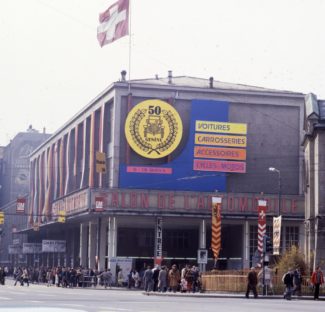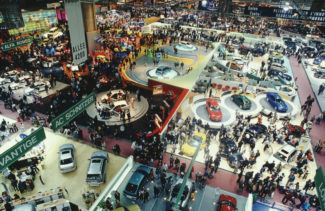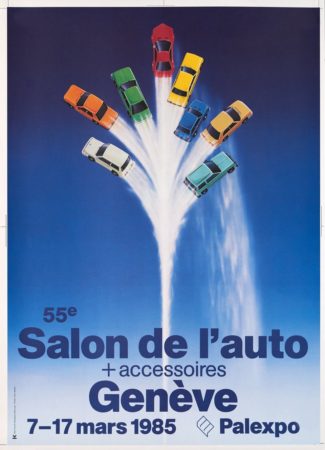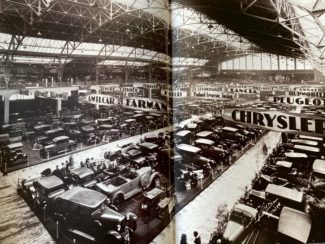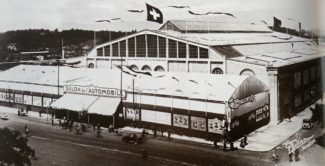
REVEALING THE FUTURE SINCE 1905

GENEVA INTERNATIONAL MOTOR SHOW 2020
The 90th Show was cancelled as a result of the Covid-19 pandemic. This stemmed from the Federal Council’s decision of 28 February 2020, banning any event with more than 1,000 people until 15 March 2020. The decision came three days before the exhibition was due to open to the media. The 2021 event was also unable to take place due to the health situation, which had not improved.
OUR CARPORT EXPANDS
1923 – 1925
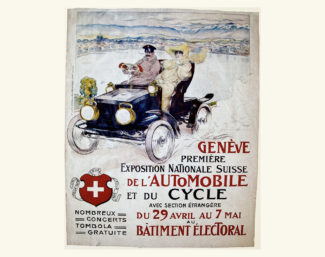
THE FIRST GENEVA INTERNATIONAL MOTOR SHOW
The first Motor Show in Switzerland was held from 29 April to 7 May 1905 in the Bâtiment électoral in Geneva. The chair of the organising committee was Charles Louis Empeyta, who was also the president of the Swiss Automobile Club (ACS).
The event was an immediate success: the Show and its 37 stands welcomed over 17,000 visitors and the Confederation sent Federal Councillor Ludwig Forrer to the inauguration. Buoyed by its success, Geneva went on to repeat the operation from 28 April to 6 May 1906. The third event, however, took place in Zurich, in 1907.

